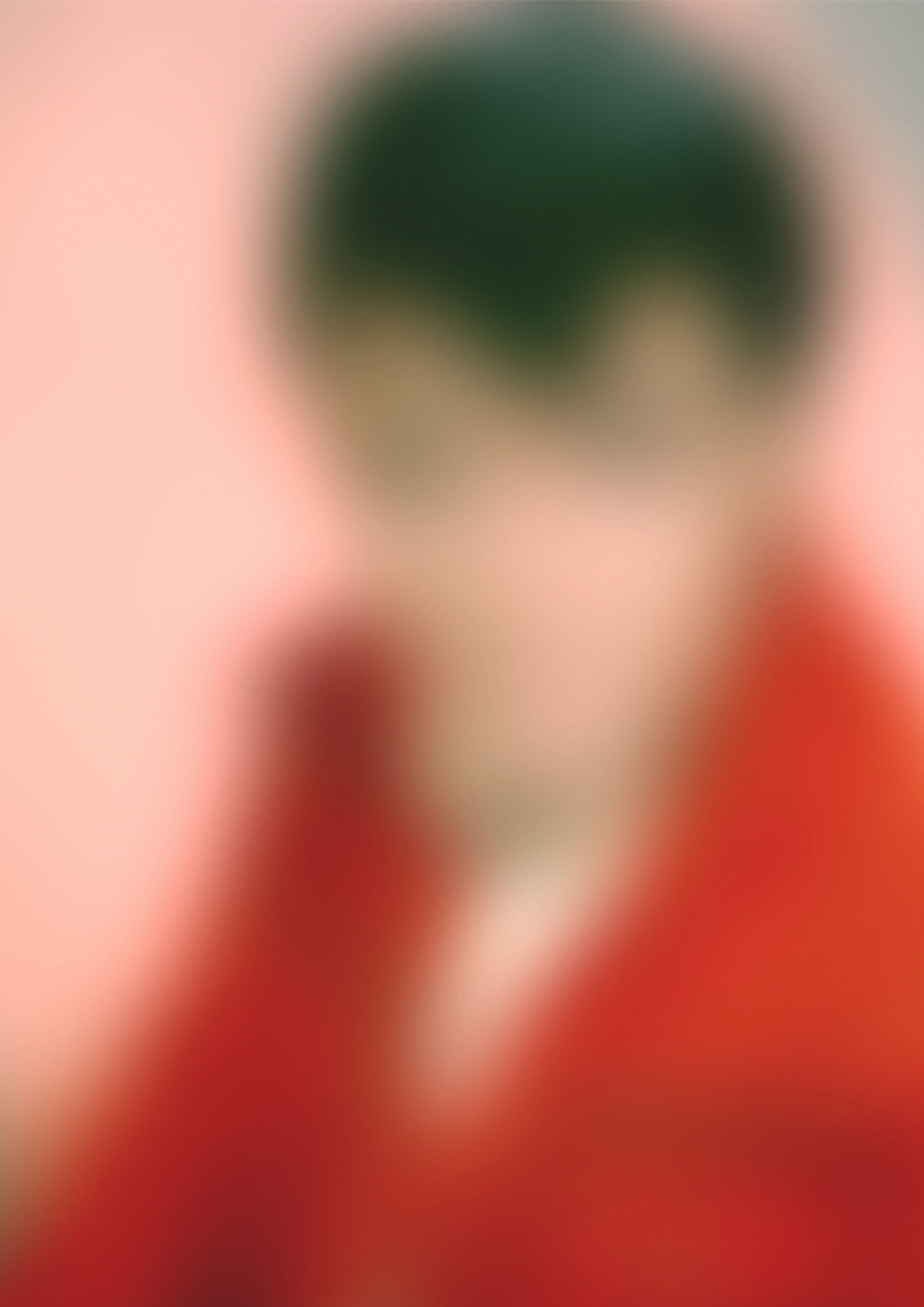If you're a beginner looking to get started with fine art printing do not worry, we are here to help.
There are a few tips and tricks that can help you get the best results possible but the most important part is your artwork and not stressing. In this article, we'll cover some of the basics as well as some tips to help you get started on your art printing journey.
Fine giclee art printing is a technique involving us as printmakers producing high-quality prints of artwork using specialised printers and a range of fine art papers. Fine art printing can be created and uses a variety of printing techniques from digital printing and giclee printing which is what we specialize in, to screen printing. Fine art printing is popular among emerging and established artists and photographers who want to reproduce their artwork in a high-quality format that can be sold to collectors or used for exhibitions, it can be lots cheaper than you think and you can still charge the big bucks for your work with offering limited editions only as you grow.

Step 1. Choosing the Right Paper for your prints
Choosing the right paper is clearly the most vital part. There are many different types of paper available from many different brands, each with its own unique texture, weight, and finish. We use the brand Hahnemule who we believe are the golden geese of paper makers. The quality of their papers is so superior we don’t advise saving a dollar or two to get something cheaper, collectors can tell. Some popular options include matte paper, glossy paper, and textured paper all often with different weights.

Step 2. Preparing Your Artwork For Printing
Before you can print your artwork, you'll need to prepare it for printing and this is where we can help you if you need it so don’t worry, this part is the part a lot of artists are not familiar with so you are not alone. Ensuring that the file is high-quality and properly formatted for printing is very important and you can find details of what we say is ‘ready for print’ on our art printing pages when you order. Some tips for preparing your artwork include:
- Using a high-resolution file:
To ensure that your prints are sharp and detailed, it's very important to use a high-resolution file. Typically, a resolution of 300 DPI (dots per inch) is recommended for fine art printing, go lower and you risk the blur, we have very clever machinery so sometimes we can go to 200 but why risk it? For more information read our guide to resolution.
- Adding borders:
Adding a border to your artwork can help give it a more finished look but we know that can be a pain so we can do this for you for free when printing with Pineapple Gallery.
Test Printing Your Artwork
Before printing a large batch of prints, it's a good idea to print a test print to ensure that the colours and tones look the way you want them to, we offer small prints for very little cost so if you want to test you can without breaking open your wallet too much.
Finishing Your Prints
Once you've had your artwork printed and you are ready to sell sell sell, you can extra finish the prints to ensure that they're protected and ready to display. Some tips for finishing your prints include:
Using a Varnish:
A spray varnish can help protect your prints from fading and smudging and basically getting ruined, remember this archival fine art paper is sensitive. It's important to use a spray that's designed for the type of paper and ink you're using, forget using hairspray, that’s an old wifes tale/myth and will wreck your work.
Matting and framing:
Matting and framing your prints can help protect them from damage and give them a more finished look if that is what you are going for. When choosing a frame make sure you come to us, it's important to choose one that complements the artwork without overwhelming it, our frame maker can help you with your choices and can come to your home or business for a consultation.
Conclusion
Fine art printing can feel daunting to start with but if you ask the right questions and never fear that any question is too small, we can help. Our fine art printers have years of experience and care about your work so you can trust you and your work is in good hands.
Good luck.


